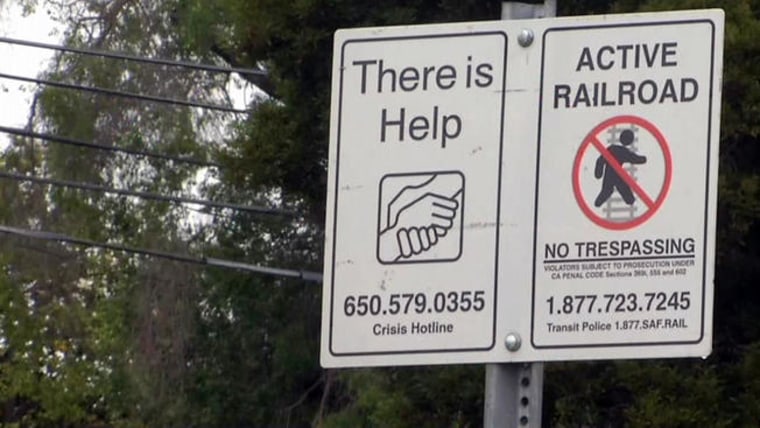Suicide rates have soared 24 percent in the U.S. since 1999, with the biggest increases among women, federal researchers reported Friday.
Increases of just a percent or so each year added up quickly between 1999 and 2014, with startling increases among white women and Native American women, the team at the National Center for Health Statistics said.
Overall, there were 13 suicides per 100,000 people in 2014 — up from 10.5 per 100,000 in 1999. That marks the highest rate in any year since the mid 1980s, national statistics show.

“The age-adjusted suicide rate in the United States was 24 percent higher in 2014 than in 1999, and increases were observed for both females and males in all age groups under 75,” Sally Curtin, Margaret Warner and Dr. Holly Hedegaard of the NCHS wrote.
Suicide is the second-leading cause of death among children and young adults aged 10 to 24. In 2012, more than 5,000 teens and young adults died by suicide, the CDC says.
And even though the total numbers are low, suicides are up among young girls.
“Although much lower than for other ages, the suicide rate in 2014 for non-Hispanic white females aged 10–14 years more than tripled from 1999,” the NCHS team wrote.
About 1.7 per 100,000 girls this age died by suicide in 2014, they found. That’s up from one out of every 200,000 in 1999.
"There are stressful situations like cyber-bullying which is a stress factor and can worsen depression."
It’s puzzling and tragic when a child this young dies by suicide, said Dr. Maria Oquendo, a psychiatry professor at Columbia University Medical Center. The rise in use of social media may be a factor, she said.
“We don’t know for sure but several things might explain it: one of them has to do with frequency of social interactions unmonitored by adults,” Oquendo told NBC News.
“Now with the use of social media, social interaction is happening online...there are stressful situations like cyber-bullying which is a stress factor and can worsen depression. That’s one thing that may be contributing,” she said.
“Another reason is that there’s a reduction in age at puberty. That’s important because we know that psychiatric disorders like anxiety (or) depression start (around the time of puberty). So an early onset of puberty brings an early onset of those psychiatric disorders.”
Related: CDC Finds Troubling Rise in Teen Suicide Method
The findings make it more important than ever for people to be aware of the warning signs for suicide.
They include:
- Talking about wanting to die
- Talking about feeling trapped
- Talking about feeling unbearable pain, or feeling like a burden to others
- Acting anxious or agitated
- Behaving recklessly
- Becoming socially isolated
The CDC has sounded regular warnings about suicide rates in the U.S. It’s the 10th leading cause of death overall. More than 41,000 people died by suicide in 2013.
“The average annual percent increase in the age-adjusted suicide rate was about 1 percent per year from 1999 through 2006 but increased to 2 percent per year from 2006 through 2014,” the team at NCHS, part of the CDC, said.
“In 2014, the age-adjusted rate for males (20.7) was more than three times that for females (5.8).”
The study itself looks at numbers — specifically suicide rates — and not reasons for the suicides. Depression is a leading cause of suicide. Researchers have also linked suicide with economic and social pressures. Researchers have found teenage suicide “clusters” may be related to media and social discussion of other suicides.
